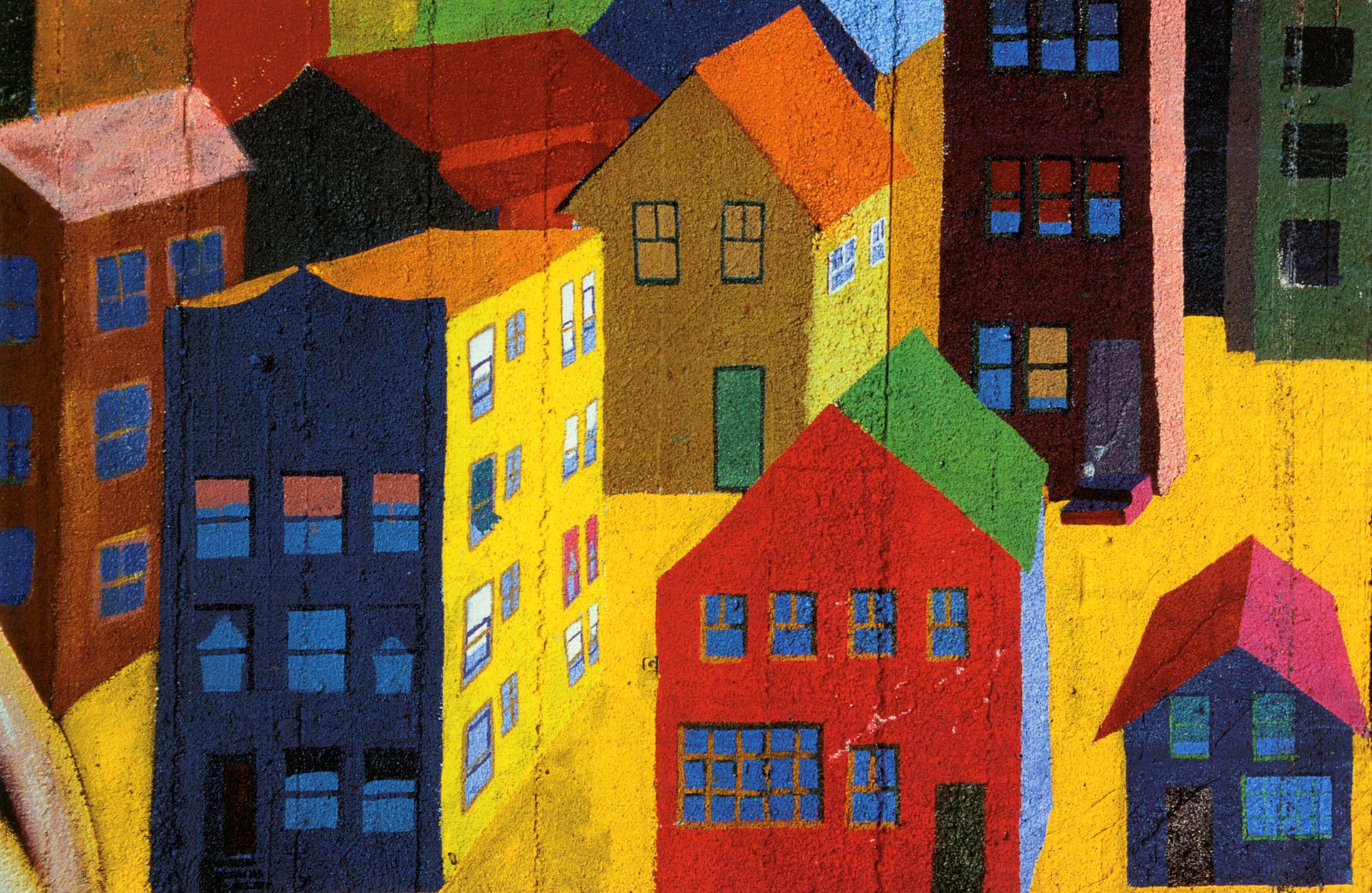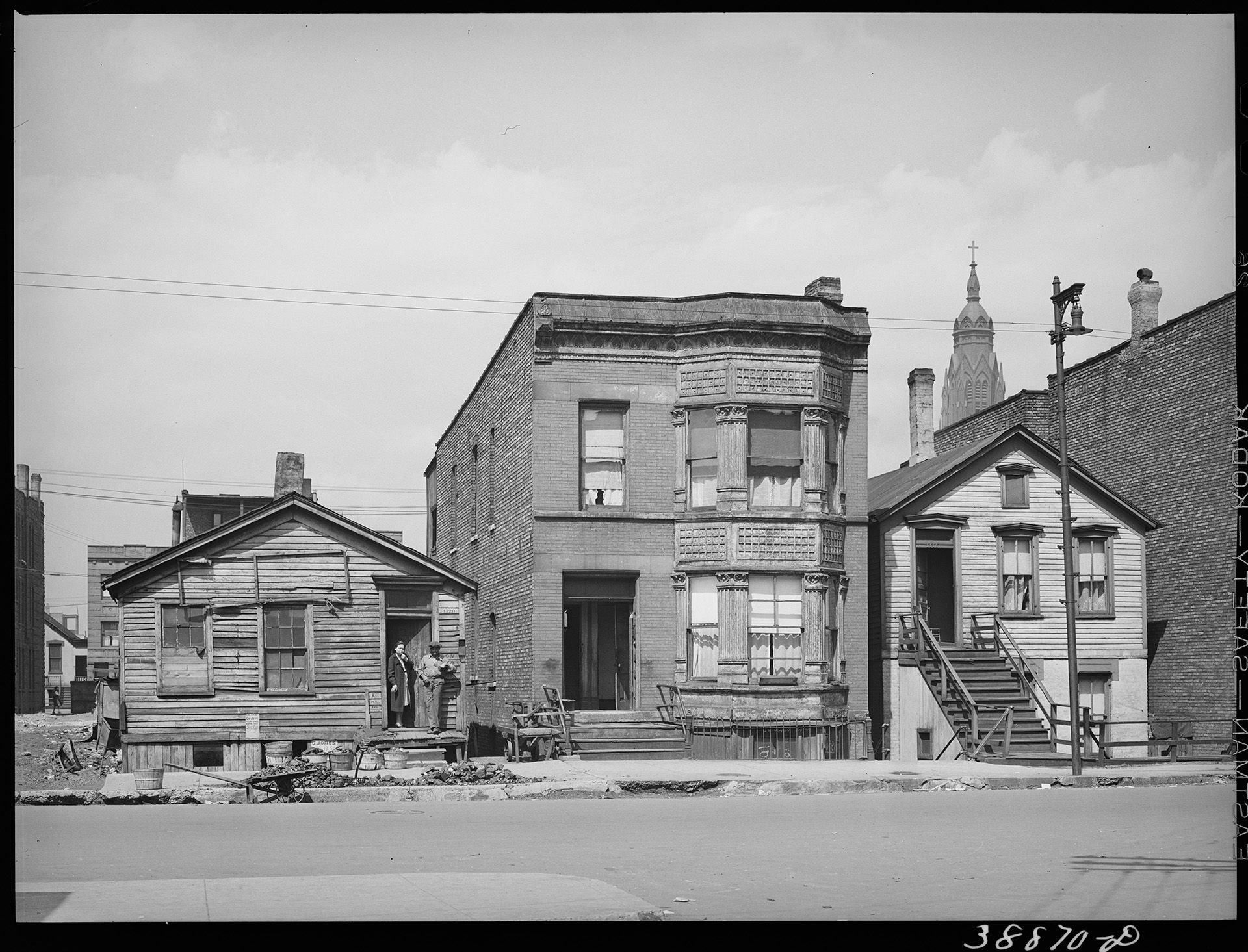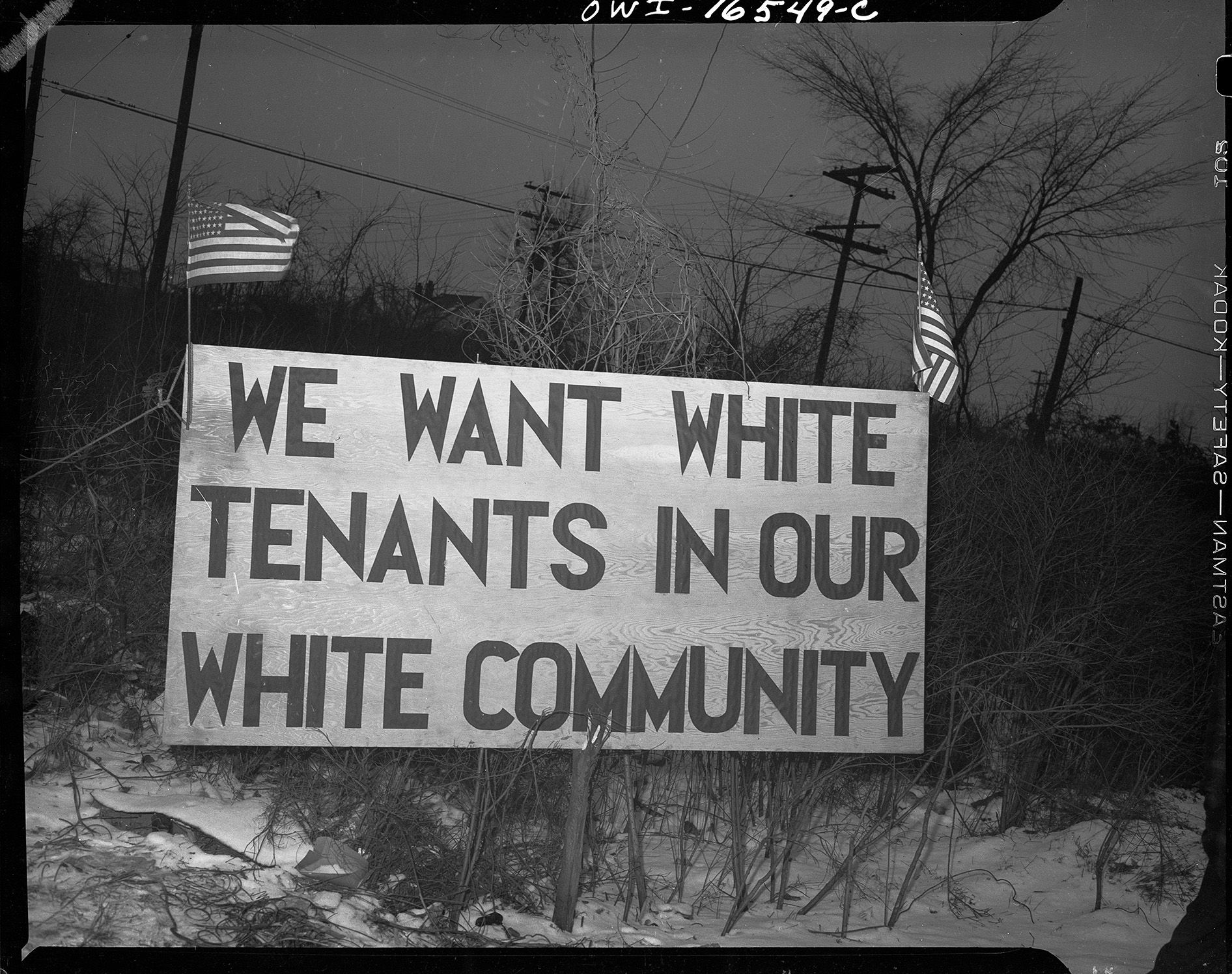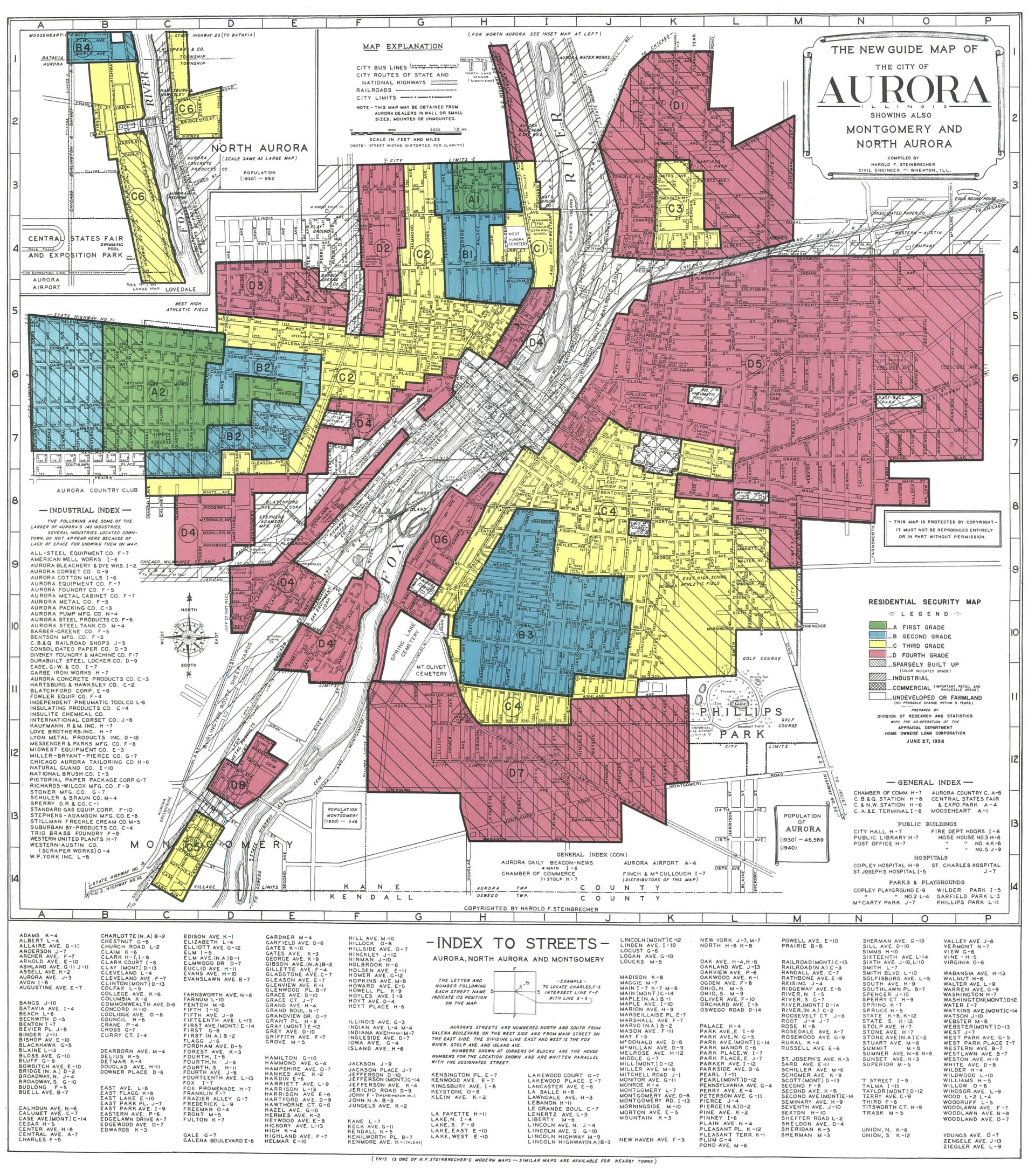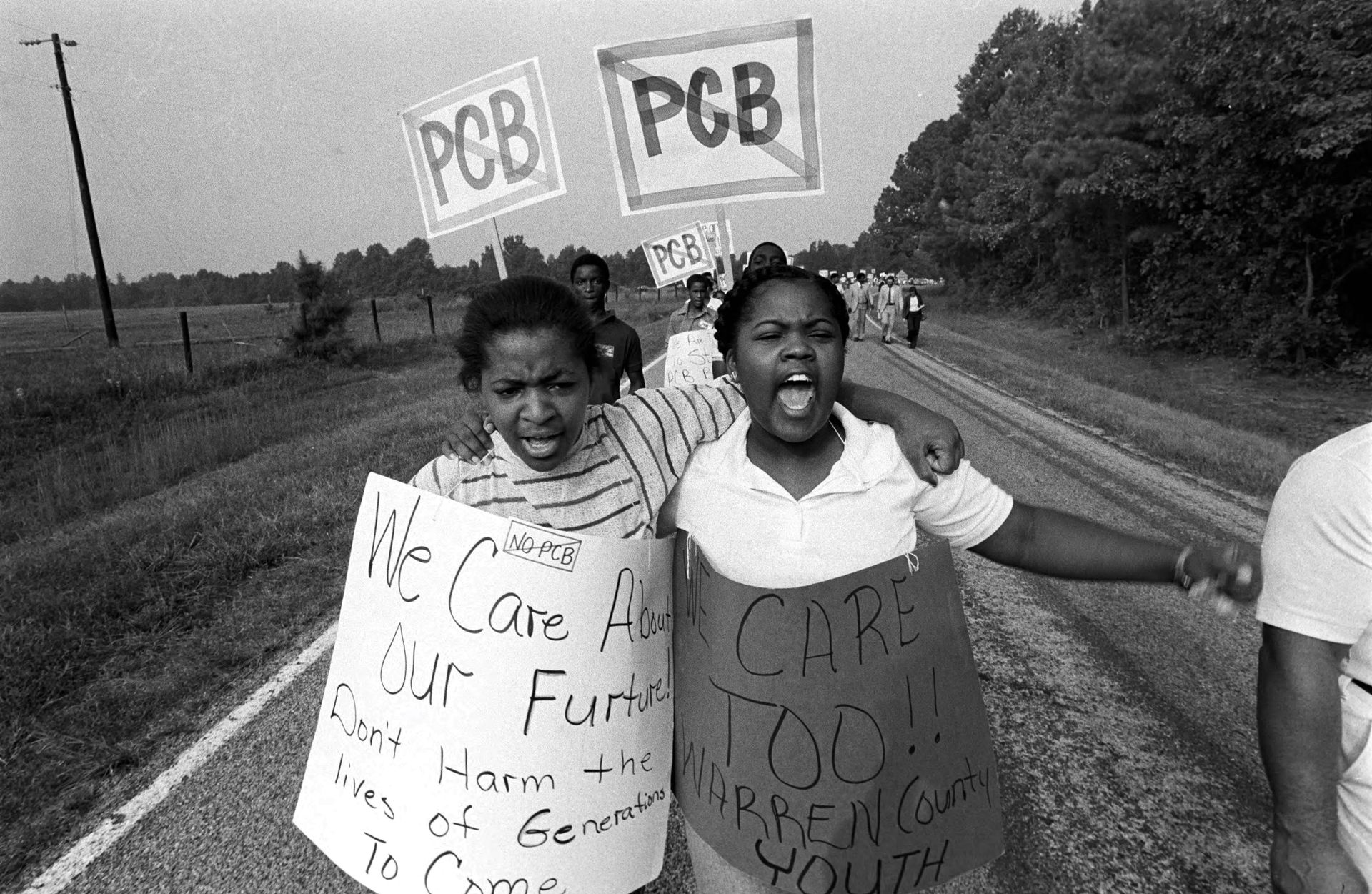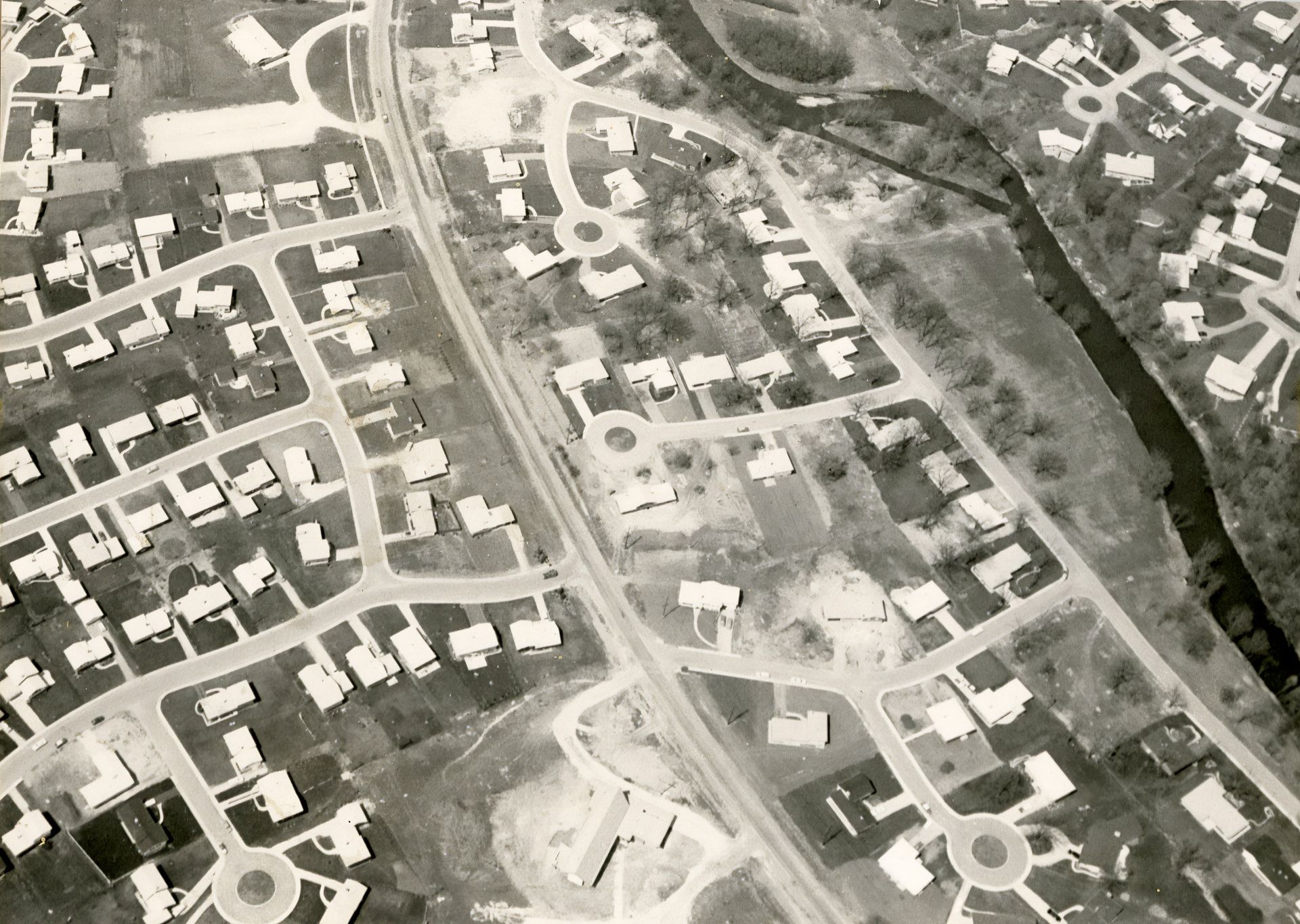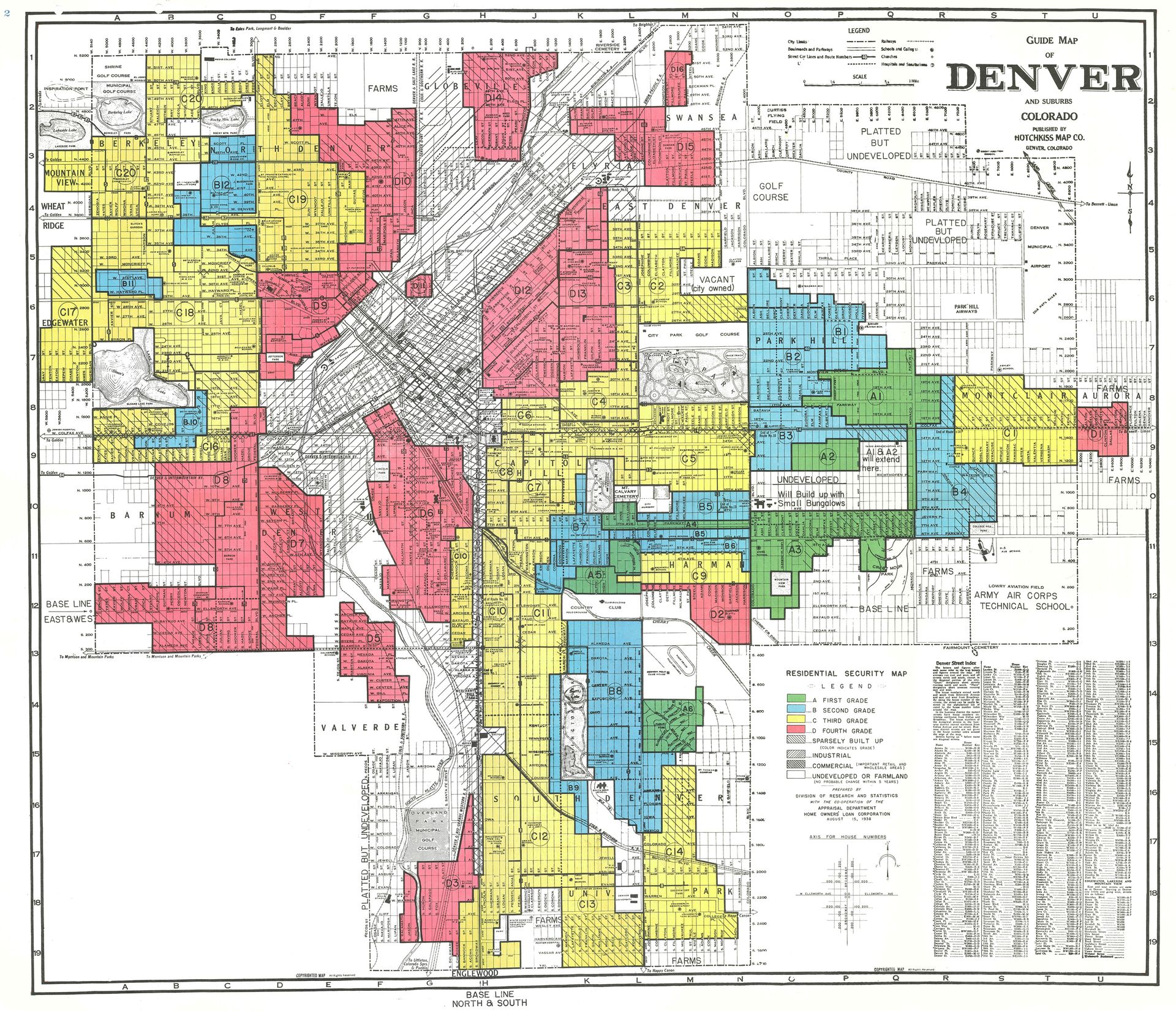Educator Resources
Housing history affects every community. With the Unvarnished teaching resources, we invite you and your students to discover and share the local dimensions of national patterns, and see them through the wide lens of American history.
The four Inquiry modules below are based on the C3 Inquiry Design Model and support National Council on Social Studies and Common Core Standards for Literacy in History and Social Studies, Grades 6-12. Each module investigates a compelling question about housing history and guides students to explore supporting questions. Activities engage students in historical thinking, providing opportunities to use primary sources, build historical reasoning, make comparisons, practice chronological thinking, and develop research skills. Inquiries (and the activities within them) can be used singly, or combined into a full unit of study.
Overview
![Image of Kleina House Painting]()
Educator OverviewTeaching with Unvarnished
This introductory document offers a complete overview of the Inquiry modules along with suggestions on teaching the troubling history of racial residential segregation in ways that support all students. Educators need to preview ALL materials, including articles and their links, in Unvarnished for suitability in your classroom and before assigning them to your students.
Download Overview (3MB PDF)
Inquiries
![Housing in a Black neighborhood in Chicago during the 1940s.]()
Inquiry OneWhy Do We Live Where We Live?
- Grades: 6–12
Inquiry One explores three “Supporting Questions” about housing through six lesson plans. Students explore the topic of housing choice using vision boards, ranked-choice organizers, and infographics. Then, they view oral history interviews with people who have experienced housing discrimination, discovering and summarizing external constraints on where people live. Finally, students use a factor-analysis tool to examine the forces that create segregated housing patterns.
Download Inquiry One (4MB PDF)![A photo of a sign in Detroit reads, "We want white tenants in our community"]()
Inquiry TwoHow Did the U.S. Become So Segregated?
- Grades: 6–12
Inquiry Two explores the compelling question of how the United States became so segregated. With three “Supporting Questions” in five lesson plans, students develop a thorough understanding of the term “segregation” and become aware of segregation patterns over the past century and a half. Using a timeline, they identify key events in the history of residential segregation and conduct research on a specific incident or event in the history of fair housing. Finally, they explore legal and policy tools that have been used to separate Americans, such as racially, religiously, or ethnically restrictive deed language and exclusionary zoning.
Download Inquiry Two (11MB PDF)![A Home Owners' Loan Corporation (HOLC) map of Aurora, Illinois.]()
Inquiry ThreeWhat Tools Were Used to Exclude People?
- Grades: 6–12
Inquiry Three’s compelling question makes this history personal and local. It introduces some of the tools and practices that have created segregation and invites students to explore how those practices have impacted their own local histories. Students analyze historical documents, use maps and data, and role-play zoning and planning decisions.
Download Inquiry Three (6MB PDF)![Photo of children protesting PCB chemicals.]()
Inquiry FourWhat Can People Do About Housing Discrimination?
- Grades: 6–12
In Inquiry Four, students bring the topic home. They explore the ways people can make change in the housing system, and they profile a person (present or past) who has been active in fair housing issues. Students select a housing-related concern and create an infographic to raise awareness about that issue. Finally, students use what they’ve learned to debate the idea of housing as a human right. As an optional summative project, the class can undertake a study of their own local housing history and create a final project to share with the community.
Download Inquiry Four (2MB PDF)![Aerial view of Moser Development suburbs in Naperville, Illinois.]()
ArticlesNational Context Student Articles
- Grades: 6–12
Based on the main exhibit, student articles are written and scaffolded especially for middle and high school students.
Practiced by individuals and codified by laws and policies, housing discrimination shaped every American community for over a century.
Downloads
1. Introduction
(5MB PDF)2. Segregation Mania
(3MB PDF)3. Immigration, Migration, Discrimination
(4MB PDF)4. Sundown Towns, the KKK, and the Ever-Present Threat of White Violence
(3MB PDF)5. Discriminatory Zoning
(2MB PDF)6. Racially Restrictive Covenants
(2MB PDF)7. Discrimination and the Suburban Boom
(2MB PDF)8. Shady Real Estate Practices
(1MB PDF)9. Driving While Black
(2MB PDF)10. The New Deal: Government Sponsored Segregation
(2MB PDF)11. Living and Losing in the City
(4MB PDF)12. Taking to the Streets
(3MB PDF)13. The Power of Law
(2MB PDF)14. Did Anyone Win the Fight for Fair Housing?
(1MB PDF)15. Who Deserves to Own a Home?
(1MB PDF)16. What Kind of Place Will You Call Home?
(1MB PDF)
![A Home Owners' Loan Corporation (HOLC) residential security map of Denver, Colorado.]()
ArticlesLocal Context Student Articles
- Grades: 6–12
Based on the main exhibit, student articles are written and scaffolded especially for middle and high school students.
Housing discrimination in the United States manifested itself in many ways. Learn about these communities and how they were shaped by tools for systemic discrimination.
Downloads
Appleton, Wisconsin
From The “Free Air of Liberty” to Sundown Town — Stories of Resistance and Resilience (3MB PDF)Brea, California
Wealthy through oranges and oil, Brea leaders excluded many from their suburban dream. (1MB PDF)Columbus, Ohio
A bustling Black population evolved in Columbus despite discriminatory practices and barriers. (2MB PDF)Naperville, Illinois
Farming community to sprawling technoburb, Naperville’s diversity grew despite historic discriminatory practices. (2MB PDF)Oak Park, Illinois
Oak Park re-defined itself through fair housing to become an inclusive and progressive community. (6MB PDF)West Hartford, Connecticut
Religious and racial discrimination in housing through restrictive covenants and real estate practices. (2MB PDF)
Further Resources
Please see the Unvarnished Resource List for even more resources to use for your own background and/or your classroom.
